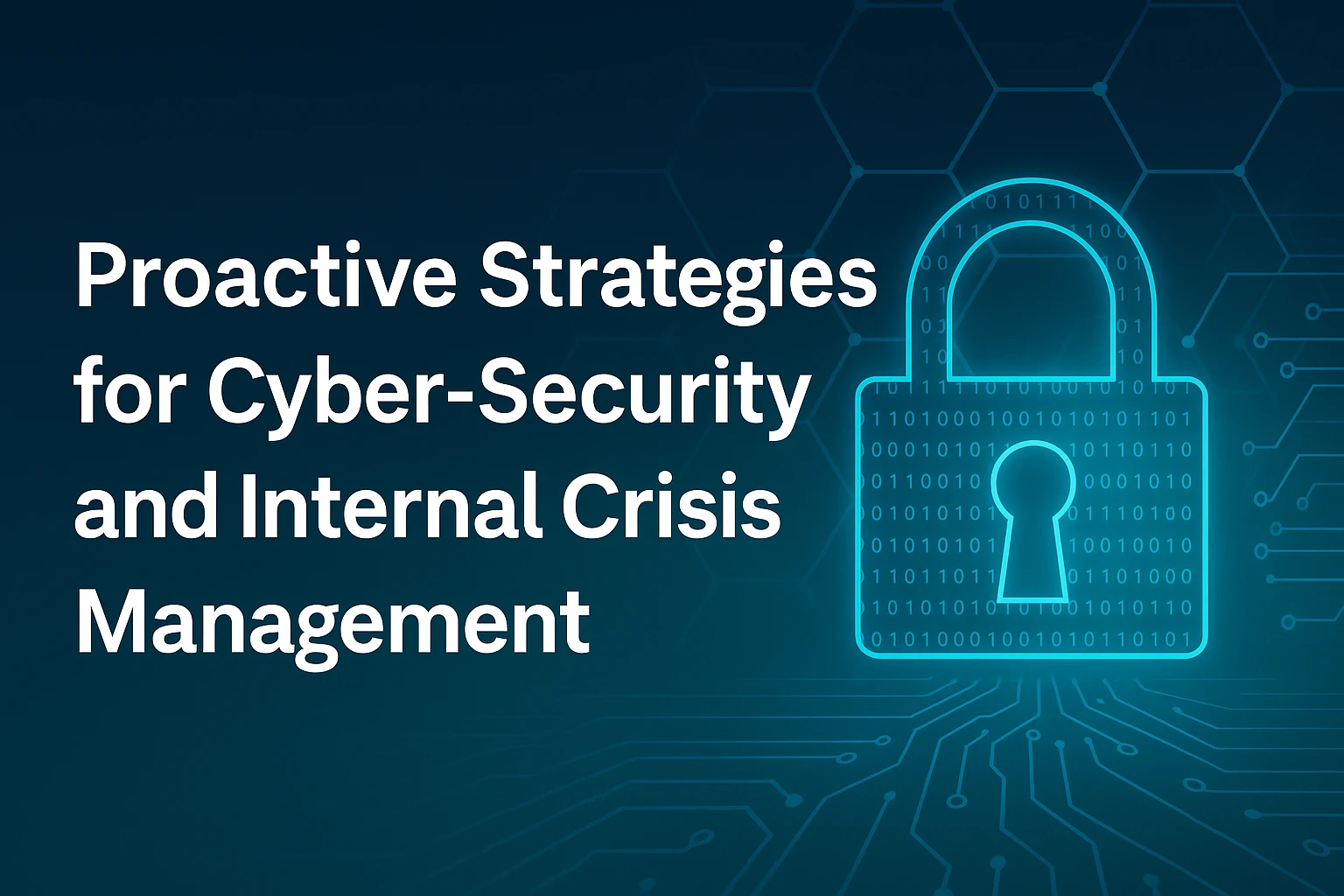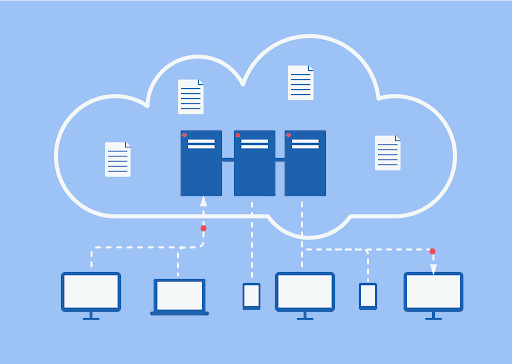Timur Turlov is a financier and entrepreneur recognized for building Freedom Holding Corp into one of Central Asia’s most dynamic financial ecosystems. From founding a small brokerage to steering a Nasdaq-listed multinational corporation, his leadership reflects innovation, resilience, and a clear vision for financial inclusion. Freedom Holding today integrates brokerage, banking, insurance, fintech, and lifestyle services, serving millions of clients across multiple continents. This article explores Turlov’s journey, business strategies, and the principles that drive his success.
Who Is Timur Turlov? (Origins & Early Years)
Timur Ruslanovich Turlov was born on 13 March 1987 in Moscow, Russia. From an early age, he displayed a strong interest in economics and financial markets. By his teenage years, he was actively following trading activity and gaining exposure to investment strategies. His early academic path reflected this interest, and he later developed practical skills working in the financial sector.
Making the Transition to Entrepreneurship
Before founding his own company, Turlov worked as a trader and financial specialist. These experiences exposed him to the dynamics of stock exchanges and global investment trends. In 2008, at just 21 years old, he founded Freedom Finance, laying the foundation for what would become Freedom Holding Corp. His entrepreneurial move coincided with the global financial crisis, which tested his resilience and sharpened his ability to operate in volatile markets.
From Freedom Finance to Freedom Holding Corp
The Early Years and Expansion
Founded in 2008 in Russia, Freedom Finance began as a retail brokerage firm focused on providing access to international stock markets. Within a decade, Turlov expanded the company beyond Russia, building a strong presence in Kazakhstan, Ukraine, Europe, and the United States. The company offered clients access to U.S. IPOs, which quickly became a signature service.
In 2019, Freedom Holding Corp was successfully listed on Nasdaq under the ticker symbol FRHC, marking a major milestone. This achievement reflected both the company’s credibility and its capacity to compete globally.
Key Milestones and Acquisitions
Over the years, Freedom Holding has pursued strategic acquisitions to diversify and scale its services. These include European brokerage licenses and fintech infrastructure that allowed the company to expand into multiple markets. Turlov also made a decisive move to exit Russian operations following geopolitical developments, focusing the group’s growth on more stable regions.
The Leadership Behind the Success
Vision and Principles
Turlov’s leadership philosophy emphasizes innovation, customer-centricity, and integration. He envisions finance not as separate products, but as a unified ecosystem where clients can access trading, banking, insurance, and payments in one digital environment. This vision has guided Freedom Holding’s transformation from a brokerage into a diversified financial services group.
Values, Ethics, and Social Initiatives
Beyond business, Turlov has been active in social and cultural initiatives, particularly in Kazakhstan, where Freedom Holding is headquartered. He has supported the development of youth sports, including football and chess, and promoted educational programs to strengthen financial literacy. These activities reflect his broader commitment to building sustainable communities alongside business growth.
How Freedom Holding Operates — Model & Components
Freedom Holding functions as a multi-vertical financial ecosystem. Its core businesses include:
- Brokerage services: Providing retail investors access to global stock markets and IPOs.
- Banking: Offering consumer and corporate banking products through its subsidiaries.
- Insurance: Delivering a range of life and non-life insurance solutions.
- Fintech solutions: Running trading apps, mobile platforms, and payment services.
- Lifestyle services: Expanding into adjacent sectors like e-commerce and travel services.
Strategic Integration and Competitive Edge
By integrating these services, Freedom Holding enables cross-selling and customer retention, creating a seamless financial journey for users. Unlike standalone brokers or banks, its ecosystem model provides convenience and efficiency, positioning the group as both a financial and technological innovator.
Achievements, Recognition, and Impact
Milestones and Market Performance
Under Turlov’s leadership, Freedom Holding has become a publicly traded company with a market capitalization in the billions of dollars. It has expanded to serve clients across Europe, Central Asia, and North America. The company’s access to U.S. IPOs has distinguished it from competitors and attracted a growing client base.
Academic and Institutional Recognition
Freedom Holding has gained attention from the academic community, including being featured in a Stanford Graduate School of Business case study examining its ecosystem-driven model. Institutional investors have also taken positions in the company, further validating its growth trajectory and credibility.
Challenges and Mitigation Strategies
Risks and Market Challenges
Like all financial institutions, Freedom Holding faces risks tied to regulation, market volatility, and geopolitical developments. Its decision to withdraw from Russian operations demonstrates how external challenges can reshape strategic directions.
Adaptive Responses
Turlov has consistently emphasized diversification and compliance as key strategies. By strengthening operations in Europe, Central Asia, and the U.S., the company has reduced exposure to unstable markets. Its investments in technology and customer experience also serve as buffers against competition.
Future Outlook and Strategic Directions
Geographic and Technological Expansion
Freedom Holding plans to continue expanding geographically into emerging markets while also strengthening its digital infrastructure. Initiatives like Freedom Cloud and the integration of new fintech platforms reflect the company’s long-term digital-first strategy.
Long-Term Vision
Turlov envisions Freedom Holding as more than a financial group—it aims to become a comprehensive digital ecosystem that empowers individuals and businesses across regions. This forward-looking approach suggests that the company will continue to play a significant role in shaping financial services in Central Asia and beyond.
Conclusion
Timur Turlov’s journey from a young trader in Moscow to the head of a Nasdaq-listed financial ecosystem is a story of resilience, vision, and strategic execution. Through Freedom Holding, he has redefined how integrated financial services can operate in emerging markets while gaining global recognition. His leadership not only transformed a company but also contributed to the growth of financial literacy and inclusion in the region. As Freedom Holding continues to scale and innovate, Turlov’s legacy as a visionary entrepreneur grows stronger.















